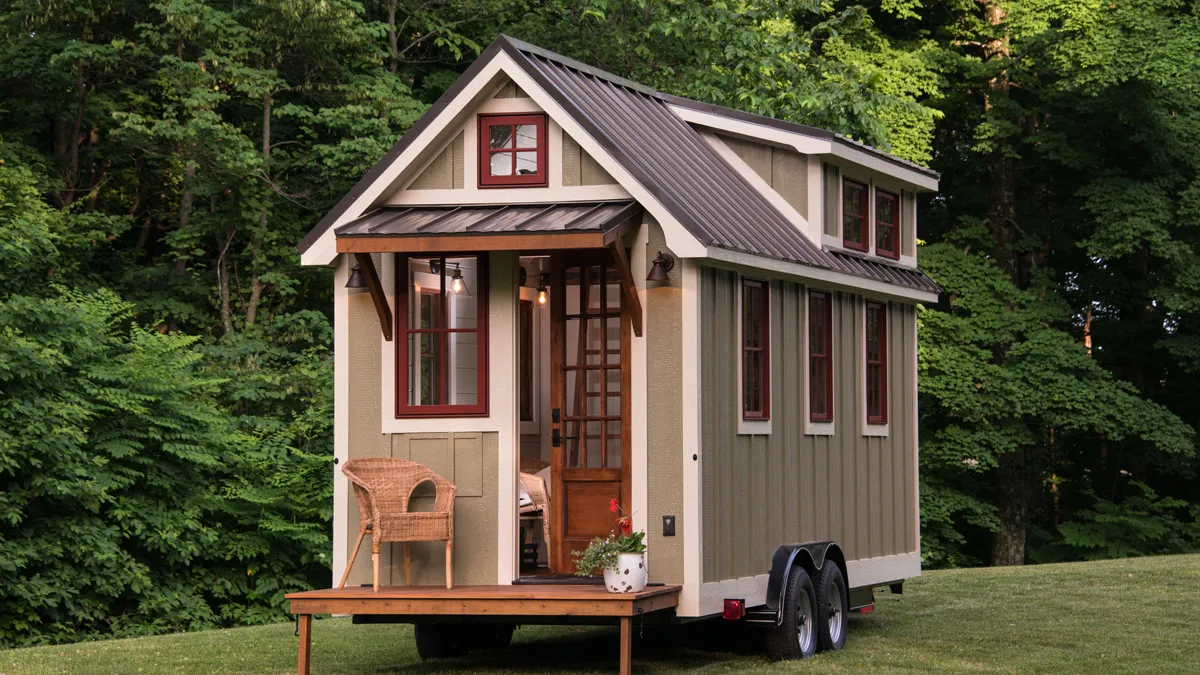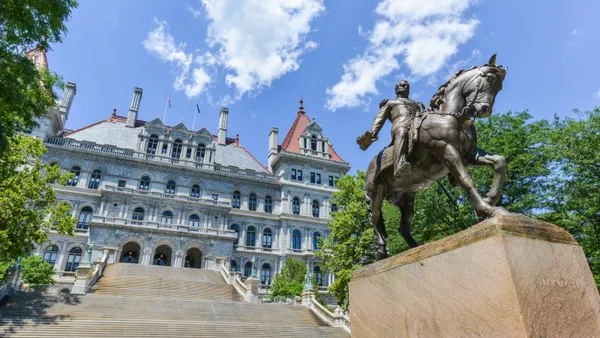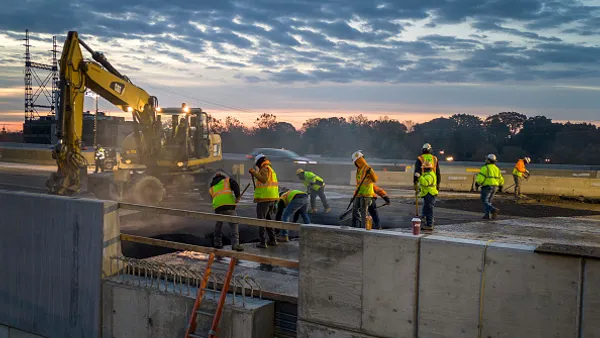Dive Brief:
- Greenfield, MA, developers said they are considering building a seven-home tiny house development on a 1-acre city site, MassLive.com reported.
- For the project to go ahead, however, town officials said aside from enough community interest, homes must be permanent and be connected to electricity, water and sewer systems.
- The city must still pass an accessory dwelling ordinance in order for the homes to be in compliance with local zoning regulations.
Dive Insight:
According to Massachusetts state law, accessory dwelling units are permitted to be used as "low priced housing alternatives" as long as they don't take away from "the character" of the neighborhood.
Cleveland just completed the first two units in its Citizens Tiny House Experiment. One home will go up for sale in September, while the other will be used as a short-stay rental property so that people who are interested in tiny-house living can get first-hand experience in living in one. The homes, located in Cleveland's ecoVillage, include two bedrooms, a bathroom, a great room and a kitchen on the first floor and a loft on the second floor. The homes also feature energy-efficient systems, as well as "green building" elements.
Greenfield is taking a similar path as Washington DC regarding accessory dwelling regulations. In May, the District passed its accessory dwelling ordinance that allows homeowners in certain neighborhoods to build and rent the small structures. In addition to combating the area's high rents, some hope the increase in rental stock will help accommodate the 1,000 new residents the area sees each month.
In an aggressive — and progressive — zoning move, Pima County, AZ, officials announced they would allow tiny houses with a foundation to be built anywhere that single-family homes can be built. The new zoning regulations also eliminate the need for the tiny houses to comply with certain local building codes intended for larger homes.













